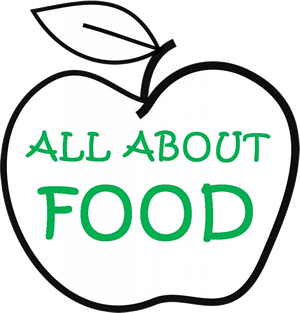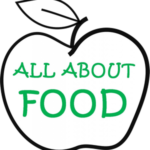Get started now
Eating well and having a healthy lifestyle can help us feel our best – and make a big difference to our long-term health. So why not make a change today?
The Eatwell Guide shows the proportions in which different types of foods are needed to have a well-balanced and healthy diet. The proportions shown are representative of your food consumption over the period of a day or even a week, not necessarily each meal time.
The Eatwell Guide divides the foods we eat and drink into 5 main food groups.
Try to choose a variety of different foods from each of the groups to help you get the wide range of nutrients your body needs to stay healthy.
It’s important to get some fat in your diet, but foods that are high in fat, salt and sugar have been placed outside of the circular image as they’re not necessary as part of a healthy, balanced diet and most of us need to cut down on these.
Unsaturated fats from plant sources (for example, vegetable oil or olive oil) are healthier types of fat.
But all types of fat are high in energy (calories), so they should only be eaten in small amounts.
On average, women should have around 2,000 calories a day (8,400 kilojoules) and men should have around 2,500 calories a day (10,500 kilojoules). Most adults consume more calories than they need.
Find out how food labels can help you choose between foods and pick those lower in calories, fat, saturated fat, sugar and salt.
Combination foods
Many foods, such as pizzas, casseroles, pasta dishes and sandwiches, are combinations of the food groups in the Eatwell Guide.
With these meals, check the ingredients and think about how these fit with the sections on the guide to help you achieve a balanced diet.
Does the Eatwell Guide apply to everyone?
The Eatwell Guide applies to most of us, whether we’re a healthy weight or overweight, whether we eat meat or are vegetarian, and no matter what our ethnic origin.
Anyone with special dietary requirements or medical needs might want to check with a registered dietitian on how to adapt the Eatwell Guide to meet their individual needs.
Children under the age of 2
The Eatwell Guide does not apply to children under the age of 2 because they have different nutritional needs. Between the ages of 2 and 5, children should gradually move to eating the same foods as the rest of the family in the proportions shown in the Eatwell Guide.
Download the Eatwell Guide booklet
For more information, including details of which foods are included in the food groups, download Public Health England’s booklet








This booklet was published in 2018 but this is the first time I have personally seen it. My question would be, how did Public Health England publish this to the population at the time? I suspect it was placed in prominent positions such as doctors surgeries and maybe libraries etc.
Should such an important document have been sent directly to all households along with a copy of the small poster to stick on the fridge? Or would that be considered by some to be the “nanny state” telling us how to lead our lives?
It’s an important and informative document that deserves better publicity.
I seem to remember back in the 60’s – last century -that the Protect and Survive booklet was distributed to all households to deal with the aftermath of nuclear war. So we have done it before why not now with this excellent publication.
The cost of obesity and ill health caused by poor diet on the NHS warrants this document being distributed far and wide, every household and included in the curriculum delivered in schools, colleges and universities.